Technology has been moving at neck breaking speeds for the past few decades. As it moves forward, so do the uses as industries find more ways to go digital. Applications storing health care records are one of the most popular uses as of late. No matter what the application is and what it does, companies can’t afford to be willy-nilly when it comes to personal information found in medical documentation. HIPAA, the Health Insurance Portability and Accountability Act of 1996, is there to make sure they don’t. For those who don’t know, HIPAA is United States legislation that provides data privacy and security provisions for safeguarding medical information. Software developers are often asked if they can write HIPAA Compliant Software (HCS for short) and any company worth their silicon will tell you it’s not that simple; especially with HIPAA violations and lawsuits reaching millions of dollars. There are two things you need to know about HIPAA compliance and software development:
HIPAA Compliance Needs Equal Parts Consultation and Experience – HIPAA is complex. If you take a 15 minute phone call with developers and it ends with them stating they can build your product while being HIPAA compliant, run. This is because throughout every stage of the project, HIPAA compliance counts and a consultant is super important to navigate the murky waters. A development team with experience in this area is very important though, since they’ve seen this type of work before and a HIPAA consultant will make sure that protected health information (PHI) stays that way throughout the process. Along the way, your project will be subject to audits and one false move can cause disaster. But a team that’s been around the block a bit paired with a consultant who knows their stuff will make the project flow as smooth as possible.
De-identified Data – Never have PHI on a local machine. If you do and it gets stolen, you’re in big trouble. But how do developers test software throughout the project cycle with meaningful data? Through de-identified data of course! De-identified data is a form of scrambled data comprised from original PHI. This way, tests are carried out with data not linked to one singular person. Taking this approach helps to avoid lawsuits while allowing developers to see how their product performs. It may add to the overall costs, but remember, it’s not just about the application being HIPAA compliant. It’s about the entire process taking the right precautions.
HIPAA can be a beast when it comes to regulations. A software company that cares will tell you that a HIPAA consultant must be a part of the development process and together, they can ensure the success of your project. De-identified data also allows developers to test their work without risk. It’s an added safety precaution that prevents disaster and should be considered an absolute must. If you’re about to embark on new project and feel lost, do some research on developers who have some experience. They’ll be able to steer you in the right direction and if it’s a good fit, you’ll end up with a product made by those who care. With HIPAA, it’s not wise to go it alone!
First published by Small Footprint.
